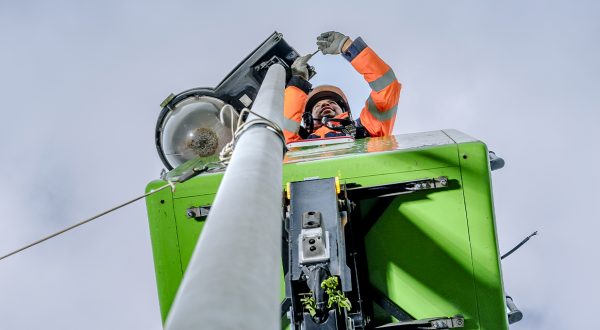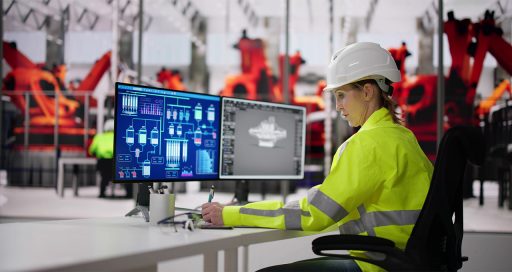An autonomous water taxi will soon be operating in Amsterdam’s canals. Fully electric, the Roboat provides a solution to new urban mobility and logistics challenges.
![]()
Urban mobility is becoming increasingly diverse thanks to self-service electric cars, bikes and scooters. And indeed new solutions are continuing to emerge, aimed at rounding out the range of public transport options and reducing single occupancy vehicle use.
Take autonomous water taxis, for example, a service of particular interest to cities with a developed waterway network. One such city is Amsterdam, which appears to have taken the lead in the area.
Autonomous boat Roboat III is soon due to enter into service across the canals of the Dutch capital’s historical centre. Still at the experimental phase, it is the brainchild of MIT’s Computer Science and Artificial Intelligence Laboratory (CSAIL), the Senseable City Laboratory and the Amsterdam Institute for Advanced Metropolitan Solutions.
10-hour range
With its elegant black and grey design, the 4m-long Roboat III can transport up to 5 people or 1,500kg of freight. All-electric and equipped with a battery the size of a small chest, it can be charged wirelessly and can navigate Amsterdam’s canals for 10 hours at a time.
Roboat’s control system, which relies on GPS, is similar to that used in self-driving cars, with LIDAR scans, sensors and cameras giving the boat a 360-degree view of its environment. An operator supervises activities from a control centre, and can monitor up to 50 boats.
12/05/2022





